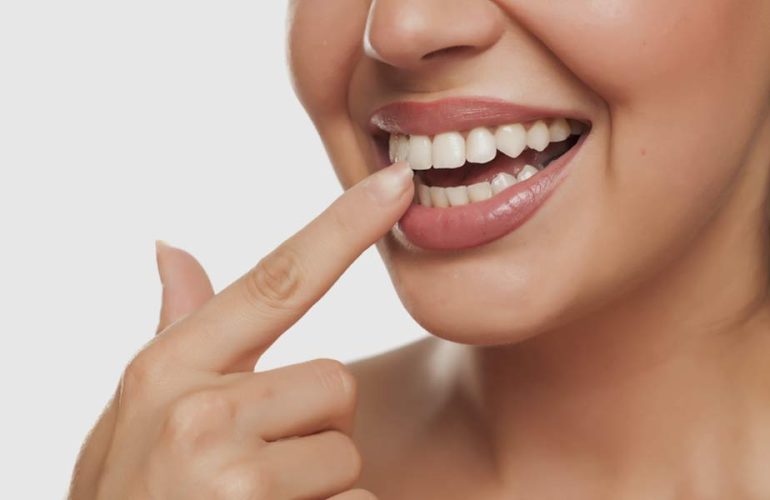
Human teeth have undergone significant evolutionary changes over millions of years, adapting to shifts in diet, environment, and lifestyle. From our early ancestors who relied on raw meats and fibrous plants to modern humans consuming softer, processed foods, our dental structures have evolved accordingly. Let’s explore how human teeth have changed over time, with a special focus on insights relevant to the people of Scarborough.
1. Early Ancestors: Large Teeth for Tough Diets
Our prehistoric ancestors, such as Australopithecus (around 4 million years ago), had large molars and strong jaws designed for grinding tough plant material and raw meat. Their teeth were highly resistant to wear and fracture, essential for survival in harsh environments.
2. Homo Erectus: Transition to Cooking
As fire and cooking became common (around 1.8 million years ago), food became softer, reducing the need for large, powerful jaws and teeth. Early humans developed smaller molars, and their jaw structure changed to accommodate more refined chewing habits.
3. Modern Homo Sapiens: Smaller Jaws, More Dental Issues
Over time, as diets became even more refined—especially after the Agricultural Revolution—human teeth and jaws continued to shrink. However, this led to issues like wisdom teeth impaction, crowding, and malocclusion (misalignment of teeth), which many people in Scarborough and worldwide still experience today.
Even though we no longer need large teeth for survival, our evolutionary past has left us with some challenges:
Wisdom Teeth Problems: Since our jaws are now smaller, there’s often not enough space for third molars, leading to impaction and extraction needs.
Tooth Decay & Cavities: Early humans had minimal cavities due to a fibrous diet, while modern processed foods and sugars contribute to high decay rates.
Orthodontic Issues: Crowded teeth and bite problems are more common due to jaw shrinkage, making orthodontic treatments like braces or Invisalign necessary for many.
Scarborough is home to a diverse population with various genetic backgrounds, meaning dental evolution affects individuals differently. Some may have naturally straight teeth, while others are more prone to crowding. With access to modern dental care, including preventive and cosmetic dentistry, Scarborough residents can manage these evolutionary dental challenges effectively.
While human teeth have evolved significantly, they still require proper care to prevent decay, misalignment, and gum disease. Regular dental visits, good oral hygiene, and mindful eating habits ensure that despite evolutionary changes, our teeth remain healthy and functional.
Curious about how human teeth have evolved over time? Discover the journey from our ancient ancestors to modern dental care and see how evolution shapes your smile today. Visit Dentistry on Ellesmere for expert insights and personalized care that honor the legacy of your teeth. Book your appointment now!
Mon & Wed: 9 AM - 7 PM
Tue: 9 AM - 6 PM
Thu, Fri & Sat : 8:30 AM - 2:30 PM
Sun: Closed
880 Ellesmere Rd #103
Scarborough, ON M1P 2W6
647-265-1413
dentistryonellesmere@rogers.com